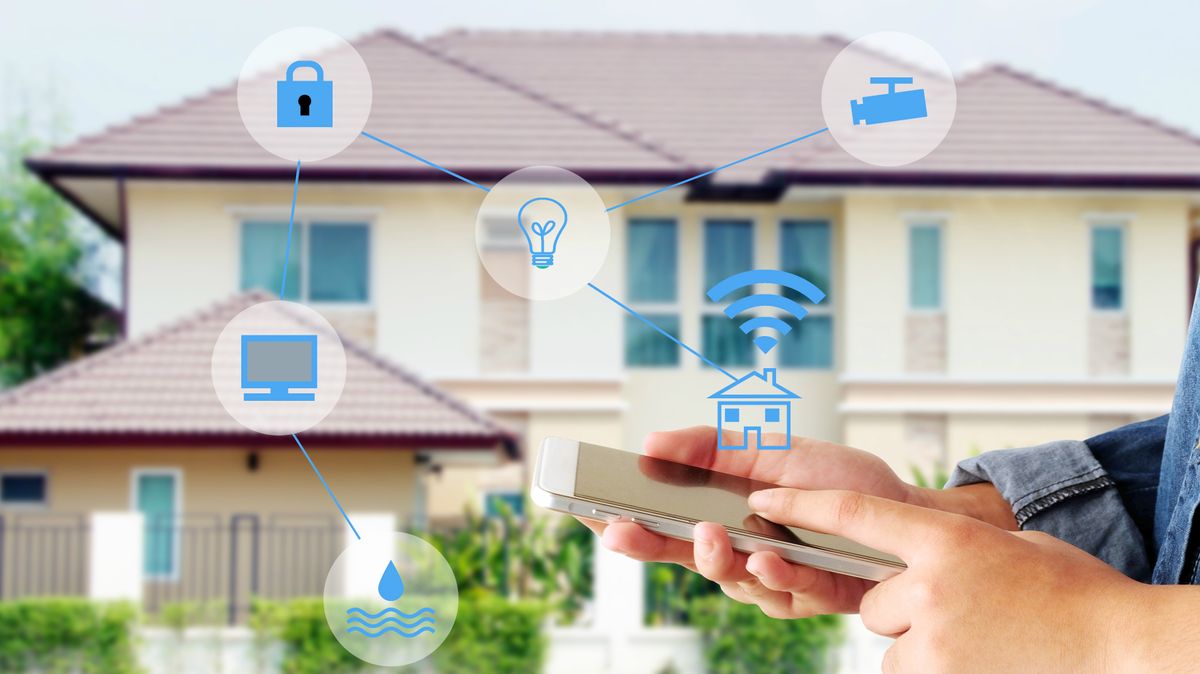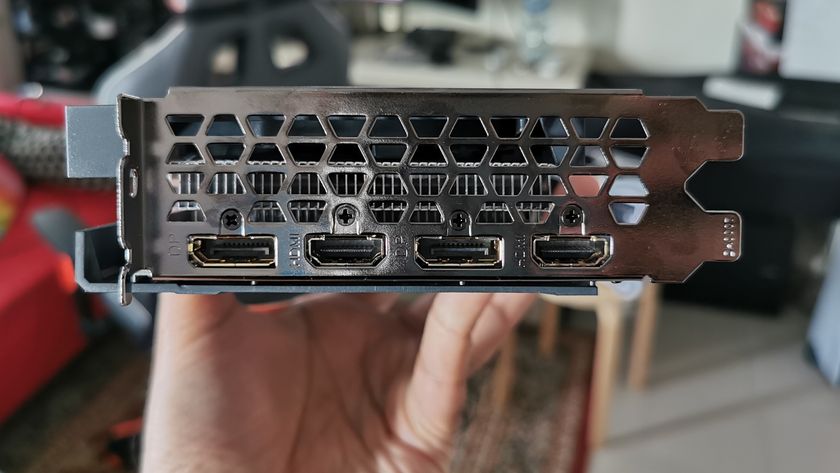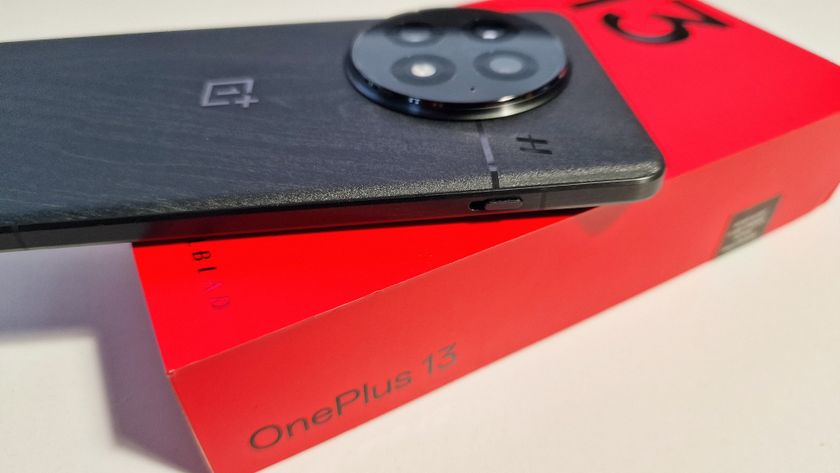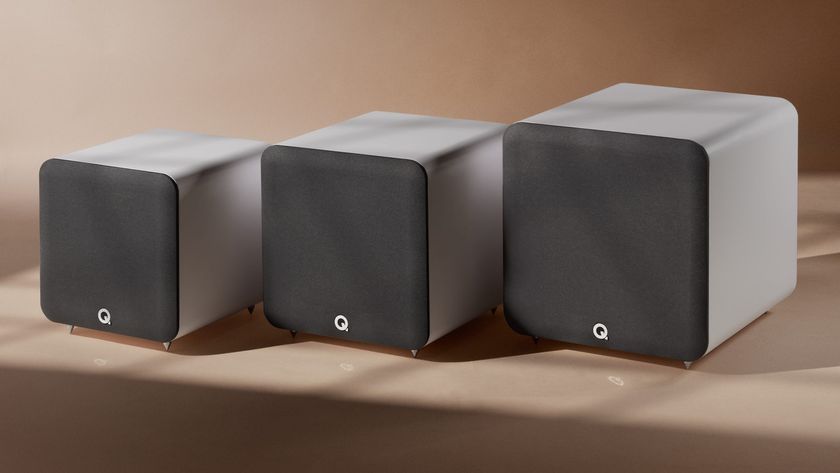Smart home devices market in MEA to increase 34.48% to $7.8b this year
Plenty of growth opportunities but lot of work such as raising awareness, end-user education and ecosystem development needs to be done

With hundreds of smart home devices finding their way into the regional market, something is being designed for every part of the home.
“The current smart home devices market is still in a nascent stage and it is still not matured. There are growth opportunities but a lot of work needs to be done such as raising awareness, end-user education and developing the ecosystem. The market is not growing in the region due to the demographic structure, expatriates are more,” Issac T. Ngatia, senior research analyst at International Data Corporation (IDC), told TechRadar Middle East.
The smart home market in the Middle East and Africa is set to grow by 34.38% from $5.8b in 2018 to $7.8b in 2019 and $10.2b in 2020.
Ngatia said that strong internet penetration and smart city initiatives are driving the market in the UAE.
Smart home devices are classified into six main areas – home monitoring and security; smart home appliances; smart lighting; smart speakers; thermostats and video entertainment (smart TVs, streaming sticks, set-top boxes).
- Healthcare awareness among consumers drive wearables market in MEA
- Huawei gears up to fully open its Huawei Mobile Services to global developers
- UAE consumers can experience 10Gbps speed and 1ms latency on 5G network in 2020
Home monitoring drives volume
Ngatia said the main volume growth is happening in the home monitoring and security, followed by smart lighting and thermostats.
“Customers not only have a wide choice of devices and brands to choose from, but they must also decide which smart home devices to prioritise for installation,” he said.
Are you a pro? Subscribe to our newsletter
Sign up to the TechRadar Pro newsletter to get all the top news, opinion, features and guidance your business needs to succeed!
However, to drive sustained growth across the region, he said that vendors should focus less on technological jargon and more on communicating the positive effects of smart home devices on quality of life.
Another issue is that the region cannot be approached as one homogenous region, he said, as there are numerous different priorities at play.
For instance, in Sub-Saharan Africa, he said the ability to deter robberies and break-ins would resonate more with end-users, whereas end-users in the UAE would be more attracted by the simple home monitoring aspect.
“As such, it is critical that communication is customised to the individual country markets and sub-regions being targeted. As more modular wireless products [do it yourself] are available, installation becomes easy and no need to depend on technicians when you want to shift your apartment,” he said.
Currently, most smart home devices still require some form of technical assistance to connect them to existing facilities. And while this is important, it also adds a layer of complexity that can serve as a hindrance to the purchasing decision-making process.
Consumers prefer plug-and-play devices
For this reason, Ngatia said that the development of plug-and-play devices is helping to drive the market forward as end users can take these convenient devices straight off the shelf and install them themselves.
“Continual developments in artificial intelligence (AI) space are also helping to enable the loop and connection of different devices. While this is at a nascent stage, the deepening of localised AI solutions within smart home devices will be a key catalyst for growth.
“In-device learning of usage patterns and habits among users will not only help to enable the wider connectivity of these devices but will also significantly enhance ease of use,” he said.


















